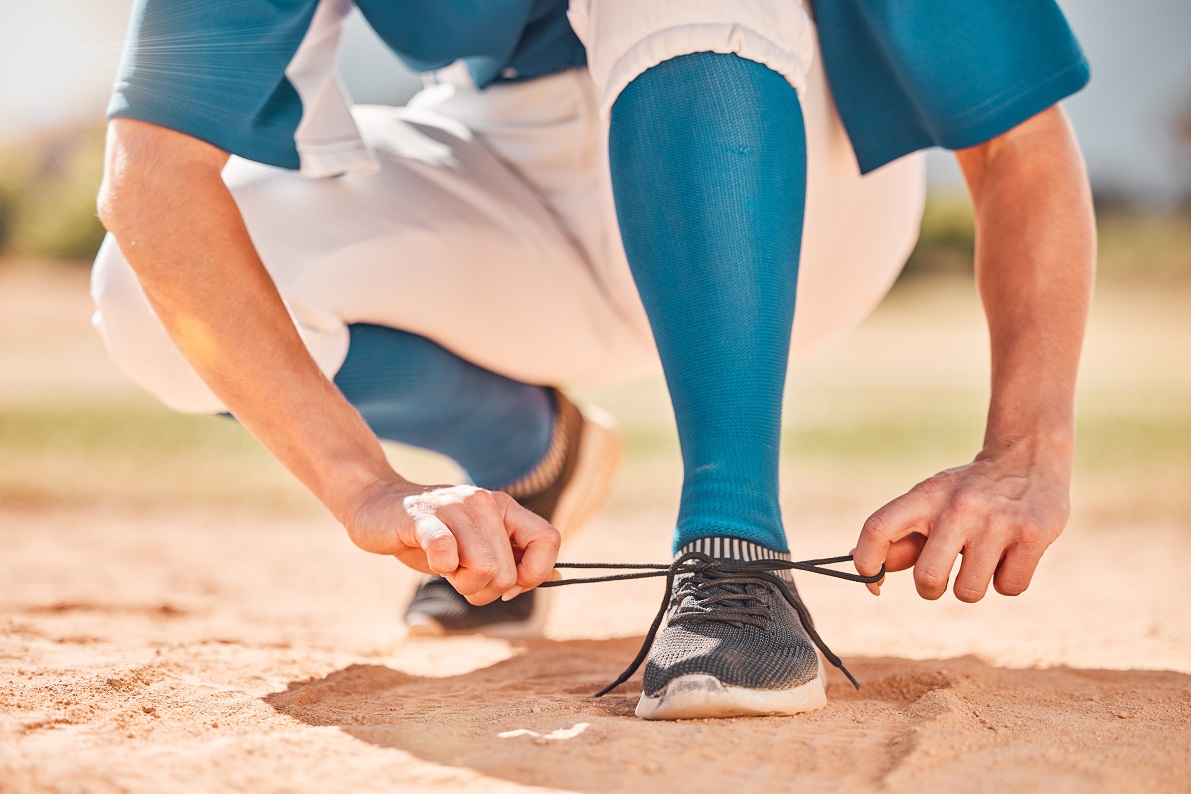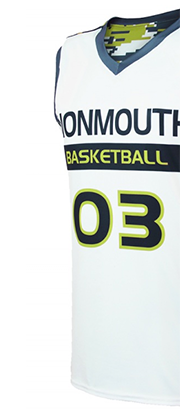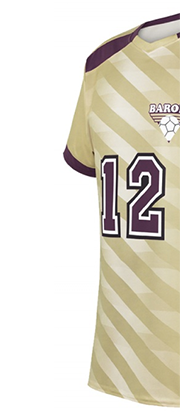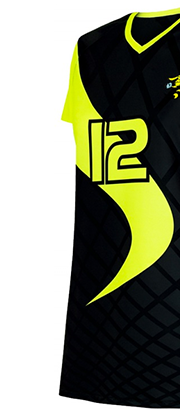Softball drills are an essential part of training for youth players. Drills help young athletes develop their skills, improve their technique, and enhance their performance in games. As a coach or parent, it’s your job to teach these drills effectively so that the youth players can benefit from them.
When introducing drills to youth players, it is important to consider their age and experience level. Drills should be appropriate for their ability levels and should challenge them in a way that they can still be successful. Start with the basics and gradually progress to more complex drills as the players become more proficient.
It’s also essential to employ proper teaching methods when introducing drills to players. It’s important to break the movements down into smaller, more manageable parts and allow time for players to practice each part until they have mastered it. Visual aids can also be used to help explain the drill and make it easier for young athletes to understand.
Key Takeaways:
- Softball drills are an important part of training for youth players.
- When introducing drills, consider the age and experience level of players.
- Break down movements into smaller parts and use visual aids to help explain the drill.
- Adjust speed as needed and allow time for players to practice each part until they have mastered it.
- Common mistakes in teaching drills include not considering the players’ experience level and not providing enough instruction or practice time.
The Benefits of Softball Drills for Youth Players
Softball is a beloved sport that is enjoyed by people of all ages. It has been around for decades and is one of the most popular recreational activities. For youth players, softball drills can provide valuable skills and strategies that will help them become better players on and off the field.
One of the biggest benefits of softball drills for youth players is that they help build strength and endurance. Youth players will develop the skills necessary to hit and field with greater speed and accuracy. They also learn how to throw properly, giving them an edge over their opponents. Softball drills are a great way to prepare young players for game situations where they need to be able to make quick decisions and execute plays under pressure.
Softball drills also help players practice teamwork and communication skills. Working together with teammates to perform a drill helps build camaraderie and encourages young players to work together towards a common goal. This is important in helping them understand the importance of being on the same page during games, as well as what it takes to be a successful team.

Softball drills also help youth players develop mental toughness. By consistently practicing drills, they get used to challenges and competing against each other in a controlled environment. This helps them build resilience and prepares them for the intense competition they will face when playing against more experienced teams.
Choosing the Right Drill and Setting Up Properly
Softball drills are essential for teaching young athletes the fundamentals of the game. Whether it’s improving their batting technique or helping them learn how to field better, drills can make all the difference in a team’s success. But with so many drills out there, it can be hard to know which one is the right fit for your team. Here’s what you should consider when choosing a softball drill and setting it up properly.
- Start with Fundamentals
The first thing to consider when selecting a drill is whether or not it works on the fundamentals of softball. All drills should focus on the basics, such as fielding and throwing mechanics, batting technique, base running, etc. If a drill is too complex or doesn’t work on these fundamentals, it won’t be of much use to your team.
- Match the Drill to Your Team’s Skill Level
Once you’ve identified a drill that works on the basics, make sure it’s appropriate for your team’s skill level. For example, if you have beginning players, opt for simple drills like batting drills or fielding practice. If your team is more advanced, however, try to find complex drills that focus on advanced skills, like base running and defensive positioning.
- Set Up Properly
Once you’ve chosen the drill, make sure it’s set up properly for maximum effectiveness. Have plenty of room for players to move around freely, use appropriate equipment (e.g., batting cages), and position yourself in a way that allows you to monitor everyone’s progress. Also, assign a coach or parent to be the “spotter” who can watch the players and provide guidance when needed.
Tips for Teaching Drills Effectively
Softball is a great sport for youth players to learn and develop their skills. Drills can be an excellent way for them to become proficient in the game and improve their overall performance. But, drills also need to be taught effectively for them to have maximum effectiveness. Here are some tips on how coaches can teach softball drills effectively to youth players.
- Use Visual Aids: Visual aids such as charts, diagrams, and videos can be beneficial in teaching drills to youth players. Being able to visually see the movement or drill being performed can help them comprehend it better, giving them an easier time understanding the concept while also having a tangible reference they can use for future drills.
- Break Down the Movements: Breaking down the drill into smaller, more manageable pieces can help youth players understand and process each component better. Doing this also allows coaches to focus on one step at a time, which helps players feel less overwhelmed by the entire drill.
- Adjust Speed as Needed: During practice, coaches should adjust the speed of each drill to match their players’ abilities. Going too slow will bore them, and going too fast may be overwhelming and difficult for them to keep up with. Finding that sweet spot where everyone can learn and perform the drill comfortably can ensure maximum effectiveness.
By following these tips, coaches can help youth players learn softball drills more effectively and ensure that they get the most out of their practice time. Keeping these pointers in mind when teaching drills can go a long way toward helping youth players improve their skills and performance on the field.
Common Mistakes in Teaching Drills
Softball drills are an important part of helping youth players develop their skills and become better ballplayers. However, as with any technique or strategy in sports, teaching drills effectively can be tricky – especially when you’re dealing with younger kids who may not have a lot of experience playing the game. As such, coaches and instructors must understand the common mistakes that can occur when teaching drills and know how to correct them. Here are some of the most common mistakes in teaching softball drills to youth players:
- Not Breaking Down Movements: One of the biggest mistakes a coach can make is expecting young players to understand complex movements right away. For example, if you’re teaching a fielding drill, make sure to break down the sequence of steps that need to be done to get into the proper position and execute the play.
- Moving Too Quickly: It’s easy to get excited when teaching a new drill and want your players to move quickly so they can learn the drill as quickly as possible. However, this can lead to mistakes and frustration for the players. Make sure you keep the pace of your drills relaxed enough that players can take their time and process what they’re learning.
- Not Checking Understanding: It’s important to stop periodically and ensure all players understand what’s happening. Ask them questions and check their understanding before moving on to the next step in the drill.
- Not Modifying for Ability Level: Every player has different abilities and skills, so it’s important to modify your drills accordingly to meet each player’s needs. Otherwise, players who may not be able to keep up with the drill will become frustrated and lose interest in it.
- Not Giving Positive Feedback: It’s important to give positive feedback when teaching drills, especially for young players who may be struggling to understand or perform a certain technique. Make sure you focus on praising their effort and progress, rather than criticizing the mistakes they make.
By avoiding these common mistakes, coaches and instructors can ensure that their drills are effective and engaging for their youth players with other uniforms softball. Softball drills are a great way to teach young players the fundamentals of the game, so make sure you’re teaching them correctto to get the most out of your team!
Conclusion
Softball drills for youth players can be an excellent way to develop their skills and prepare them for game situations. When setting up drills, it is important to choose the right drill that is appropriate for each player’s skill level and to set it up properly. Additionally, providing visual aids and breaking down complex movements can help make the drills easier to understand and learn. As coaches, it is important to be mindful of the speed of the drill and adjust as needed based on the skill level of each player. Finally, it’s useful to be aware of common mistakes that can occur when teaching drills to ensure maximum effectiveness. With these tips in mind, coaches can help youth players develop their skills and have fun learning the game of softball.







